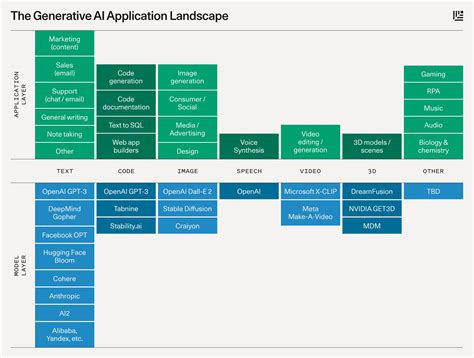- سبدخرید خالی است.
- ادامه خرید
AI and the New Age of Digital Collectible Art
The Rise of AI-Generated Digital Collections: A New Era in the Art World
The art world is currently undergoing a significant transformation due to the emergence of artificial intelligence (AI) and digital collecting platforms. For centuries, artists have poured their heart and soul into creating unique works that capture the essence of human experience. However, with the emergence of AI-generated digital collectibles, the lines between traditional art and technology are blurring, leading to a new era in the art world.
The Art of Digital Collecting
Digital collectibles are objects, such as paintings, films, or 3D models, that can be reproduced and shared online. They are becoming increasingly popular among collectors and enthusiasts, with many artists using this technology to create their works. In the art world, digital collections offer a new level of accessibility and flexibility, allowing artists to reach a global audience without the need for physical exhibitions or sales.
One of the key benefits of collecting data in digital form is the reduction in production costs and increased efficiency. Unlike traditional painting, where each piece takes months or years to create, digital art can be created in seconds using software or AI tools. This has opened up new possibilities for artists to experiment with different styles and techniques without the need for extensive training or resources.
The Role of Artificial Intelligence (AI)

AI is increasingly being used in various fields, including art, design, and entertainment. In the context of digital collections, AI algorithms are used to create unique objects that mimic traditional artistic processes. These algorithms use machine learning techniques to analyze patterns, textures, and styles, allowing them to create original works that capture the essence of human creativity.
A notable example is the work of artist and designer Jamie Carpenter, who created a series of digital art pieces generated by AI using neural networks. By analyzing vast amounts of data on color palettes, textures, and shapes, AI algorithms have created unique digital art that can be replicated in a variety of formats, from 2D images to 3D models.
The Rise of Blockchain Technology
Another key element of the digital collectibles ecosystem is blockchain technology, which enables secure, transparent, and tamper-proof transactions. Using blockchain technology, collectors and buyers can verify the ownership, provenance, and authenticity of digital artwork, ensuring that it is original and not counterfeit.
For example, popular online marketplace Rarible uses blockchain technology to create a decentralized marketplace for digital collectibles. Users can create their own unique NFTs (non-fungible tokens) by providing a digital artwork in a specific format, which is then stored on the blockchain. Information about the artwork’s ownership is recorded, so buyers and sellers can be sure of what they are buying.
Impact on Traditional Art Markets
As AI-generated digital collectibles become more popular, traditional art markets are undergoing significant changes. Many collectors are turning to digital art, seeking unique and exclusive works that can be reproduced in a variety of formats. This has led to an increase in demand for digital art created using AI, with some artists earning tens of thousands of dollars per piece.
However, the emergence of AI-generated digital collectibles is also challenging traditional art markets. For example, some collectors may prefer physical artwork over digital artwork, citing concerns about authenticity and ownership.
